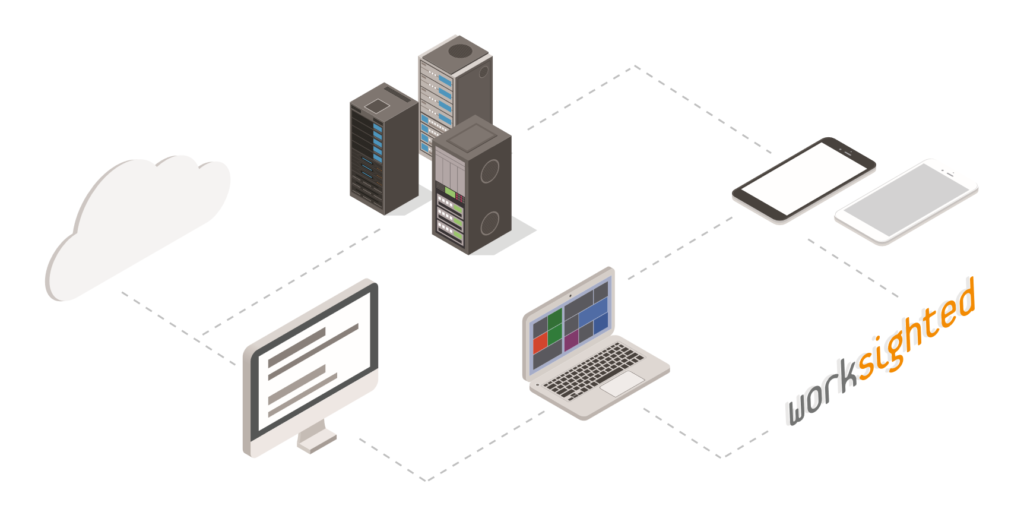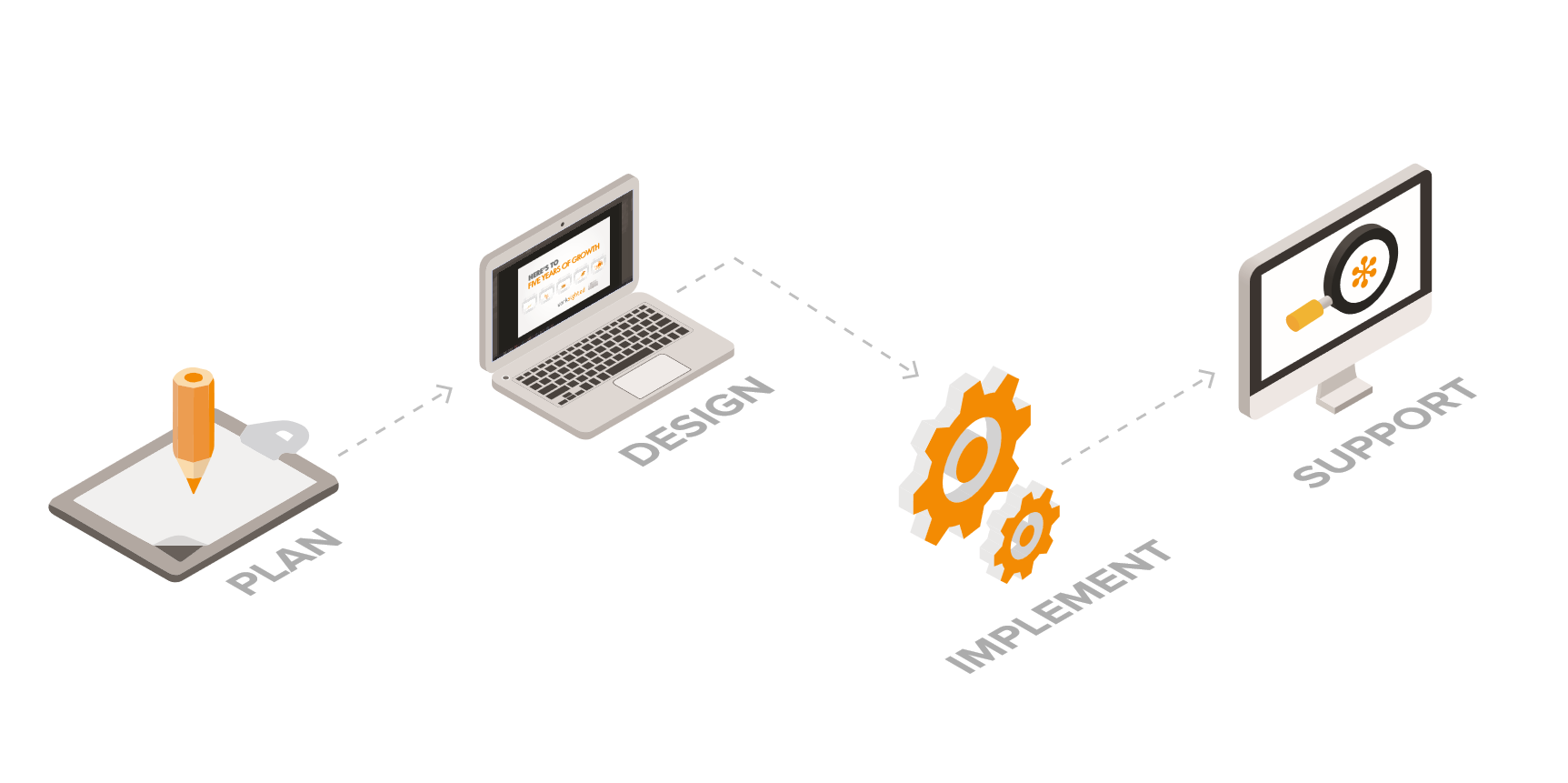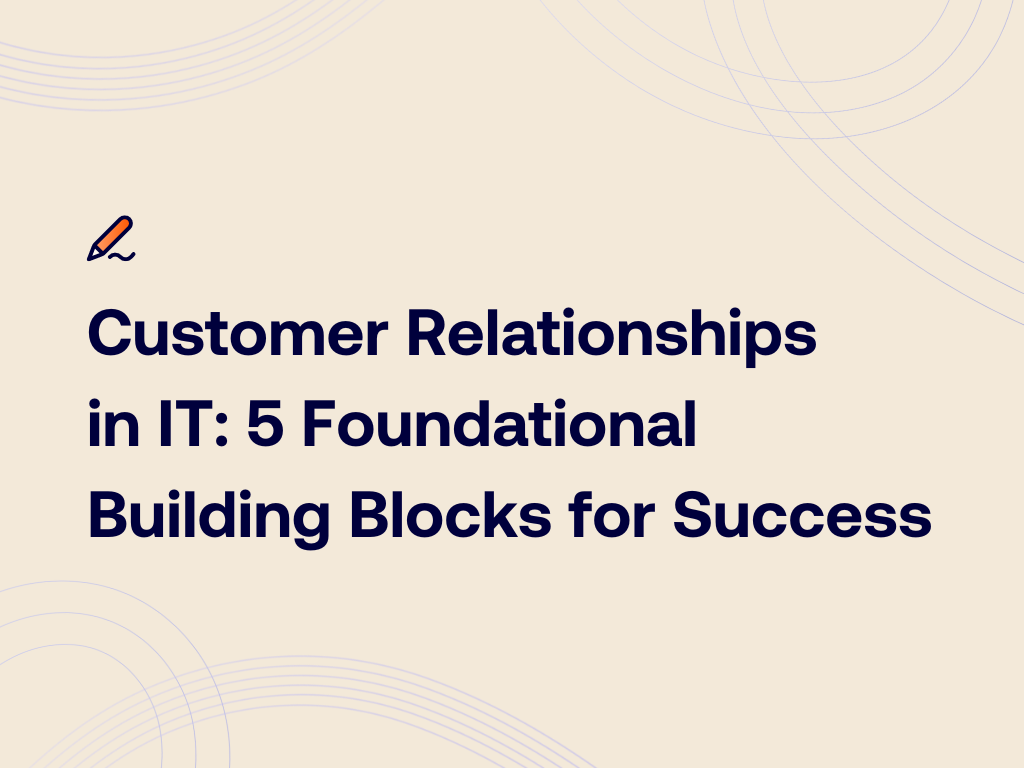Be our Guest: Mastering Guest Access in Microsoft Teams
Guest access is a powerful feature of Microsoft Teams that lets you boost collaboration between your employees and external partners. But like any Microsoft 365 feature, it needs to be understood, configured, and used in the right way in order to properly support your users. Getting that right can be tricky – which is why we’ve prepared some guidance to help you become a Teams guest access master.
Here’s everything you need to know:
What is Teams guest access?
An external user is anybody that doesn’t exist within your company’s domain, such as a contractor, partner, client, or customer. With guest access, you can allow these users access to your applications, documents, and groups so they can more effectively collaborate with your team. Whether that’s editing a project document or sending an update via Teams – there are plenty of ways external users can contribute.
Traditionally, collaboration with external users has been done via Outlook – but there are several drawbacks to this approach. Messages buried in email threads can be difficult to keep track of and it’s often impossible to work out who has seen which messages. When you bring attachments into the mix, you risk creating multiple conflicting versions of each document – and you sacrifice any governance or oversight of how that information is used.
Guest access is much better than the traditional method, because it lets you allow limited access to your environment for specific users. These users can then interact with documents, chats and Teams channels in much the same way as your internal users would. This makes life easier for the people collaborating and means your security team can maintain governance over the tools people are using. But to achieve effective guest access in Teams, there are a few things it’s important to understand.
Guest access vs. external sharing
Guest access
The first thing you need to understand about guest access is it’s not the only way of granting access to external users. External sharing is a separate function within Microsoft 365 – and its important not to confuse the two. Both have their strengths and weaknesses.
External sharing
At its core, external sharing is a function that governs the external access permissions of a specific file, document, or channel. There are several settings you can choose between for these files, such as “internal only”, “anyone with a link” or “only users with permission”. But fundamentally, the setting exists within the site or document itself – not the user.
The difference
Guest access, on the other hand, governs the access that specific external users have to the information in your environment. If you want the ability to message external users through Teams or add them to specific channels, then guest access is a much better solution.
How to enable guest access
In Microsoft 365, guest access is disabled by default. That means if you want to let external users into your Teams environment, there are a few hoops you’ll have to jump through first. Guest access is governed on three levels in:
- Active Directory
- Microsoft 365
- Microsoft Teams
And it must be enabled on all three levels for it to work. That’s because the access settings of each level will override those of the levels beneath it.
To change these permissions, you need to go to the admin center in Active Directory, Microsoft 365 and the Teams App, and enable guest access. Check out this article from Microsoft for a step-by-step guide to enabling these settings.

How to configure guest access
Once guest access has been enabled in your environment, the next step is to configure the settings, so you can govern how guest users interact with your users. To do this, you need to into the Microsoft Teams admin settings – the same place you went to enable guest access within Teams itself. Here, you have a number of options that you can switch on or off, to govern what features these guests have access to in your environment:
- Make private calls/chats
- Screen sharing
- Meet now
- Edit/delete sent messages
- Use giphy/meme content
The option you choose will depend on your company culture and how you want guest users to interact with your Teams. If you’re fine with external users sending memes, starting chats, and generally getting stuck in, then go ahead and tick yes on all these options.
It is worth pointing out, however, that there are some settings that guest users won’t have access to, regardless of how you configure your settings:
- Share a chat file
- Invite new guest users
- Create teams, groups
- Join public groups
- Create meetings or view employees’ schedules
If a user needs access to any of these functions, it might be worth considering adding them as an internal user – which comes with its own range of pros and cons.
Become a Microsoft Teams champion
Guest access permissions is just one aspect of Teams that makes it a fantastic collaboration tool for your employees. But to enable seamless collaboration, it’s important to ensure the technology you’re using is properly configured to support your users. At Worksighted, we work with a vast range of organizations to help them unleash the vast benefits of Microsoft Teams for their business. We’d be happy to discuss how we can do the same for you.
If you want to find out what we can do for you, get in touch with the team today.




